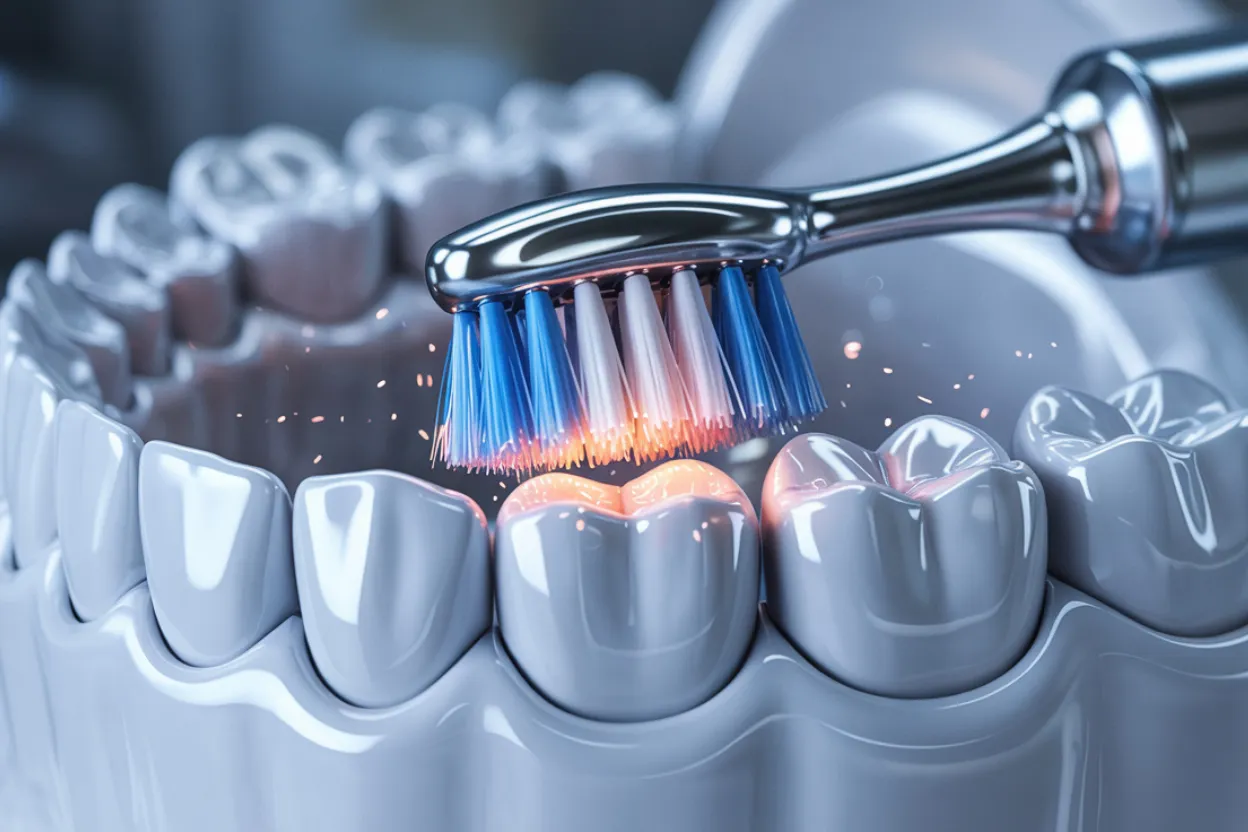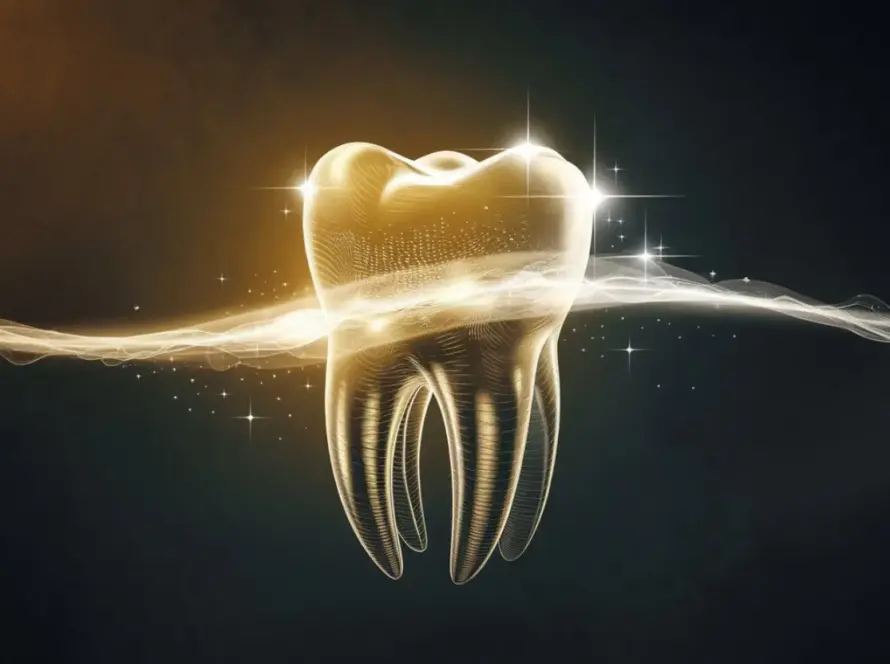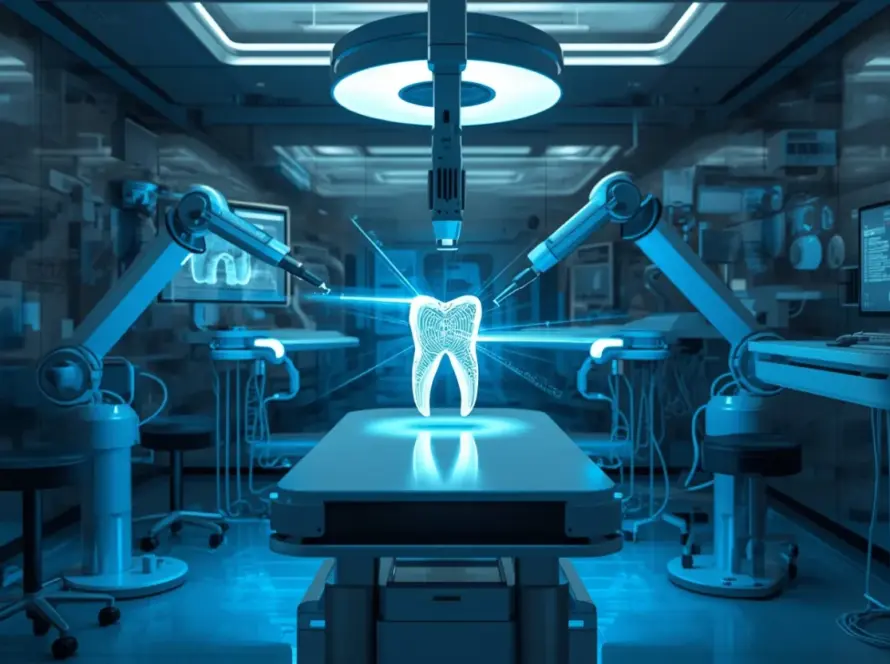Dental implants and crowns can work wonders for your smile and your confidence. They feel strong, look natural, and let you enjoy food again. But here’s the thing—just because they’re artificial doesn’t mean you get a free pass on oral care. Actually, they need just as much attention as natural teeth, maybe even more. Implants don’t have ligaments to cushion them, and crowns have tiny seams where bacteria love to hang out. If you want your dental work to last, your brushing habits matter—a lot.
A lot of people think they can slack off on brushing once they’ve got implants or crowns. That’s just not true. Skipping proper care leads straight to gum inflammation, bone loss, and even damage to the implant or crown itself. If you want these restorations to last, here are four brushing habits that really make a difference.
1. Pick the Right Toothbrush and Brush the Right Way
Go for a soft-bristled brush, or pick up an electric toothbrush. Hard bristles just scratch up the surface and make gums angry. Electric brushes are easier, too—they do most of the work, especially around tricky spots like the base of an implant or along the edges of a crown.
Hold your brush at a 45-degree angle to your gums, and use short, gentle strokes. Little circles or sweeping motions work much better than scrubbing back and forth like you’re cleaning a stain. If you’re using an electric brush, let it glide along—don’t press down. That way, you clean off the plaque without hurting your gums or scratching your crowns.
Don’t forget to swap out your brush or brush head every three months, or sooner if the bristles look frayed. Worn-out bristles can’t clean well, and they just collect germs.
2. Stick with Non-Abrasive, Fluoride Toothpaste
Some toothpastes, especially whitening or charcoal ones, are just too rough. They scratch up the porcelain and dull the shine. Look for a toothpaste made for sensitive teeth or dental work—low abrasion, nothing gritty.
And yes, fluoride is still important—even if you have a mouth full of crowns or implants. It keeps the rest of your teeth strong and helps protect the edges where crowns meet your natural tooth. If you’ve got a lot of crowns or implants, your dentist might even suggest a special high-fluoride toothpaste.
Skip the baking soda or homemade whitening stuff. Those are way too harsh and can actually wreck both tooth enamel and the cement that holds everything together.
3. Pay Extra Attention to the Gumline and Crown Edges
Bacteria love the little spaces where crowns meet your teeth and where implants meet your gums. If you ignore these spots, you’re rolling out the red carpet for inflammation and gum problems around your implants.
Angle your brush toward the gumline and make gentle circles for at least ten seconds on each tooth. Don’t rush it, especially in the back where plaque tends to build up. Aim for a full two minutes of brushing, twice a day.
If your gums bleed at first, don’t panic—that usually means you’ve got a bit of inflammation. Stick with gentle brushing, and it often clears up in about a week. If bleeding keeps up, call your dentist.
4. Clean Between Your Teeth Every Day
No matter how well you brush, you’re still missing spots between teeth and under bridges. That’s where floss or other special tools come in.
Try:
- Floss or super-floss: These are made to slide under bridges and around implants.
- Interdental brushes: Tiny brushes that fit between teeth or around implant posts.
- Water flossers: Great if you’ve got lots of crowns or implants, or if regular floss is tricky for you.
Use one of these every night, before bed. It keeps food and bacteria from getting stuck and causing trouble.
Bonus Habit: Don’t Skip Professional Cleanings
Even if you’re a brushing superstar, you still need to see your dental hygienist every few months. They use special tools that won’t scratch your implants and can spot problems before they get serious. Your dentist will check for swelling, gum pockets, or bone loss—things you might not feel until it’s too late. Occasional X-rays help make sure your implants stay solid.
What to Avoid
- Brushing too hard or with stiff bristles
- Using gritty whitening toothpaste
- Forgetting to floss or use a water flosser
- Ignoring the inside surfaces of teeth
- Waiting until something hurts before seeing the dentist
Conclusion
With a little effort every day, your implants and crowns can stay strong for twenty years or more. Use soft bristles, gentle brushing, and non-abrasive toothpaste. Focus on the gumline, clean between your teeth, and keep up with regular dental visits. These habits really pay off.



